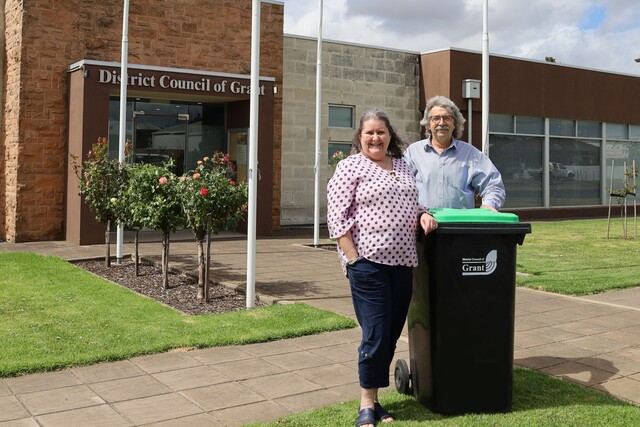It is not often that a plan is tried and tested before it is endorsed by Council, but the Launceston Emergency Management Recovery Plan is certainly one such case. On Christmas Eve, 2001 a freak wind and rain storm carved a trail through a suburb of Launceston leaving some 110 homes damaged and the residents in need of assistance. Launceston had a draft Emergency Management Recovery Plan in place which helped steer Council through the storm and its aftermath.
The residents of Launceston needed repairs to roofs and walls, removal of trees that had fallen on buildings, temporary shelter and information on services available.
The storm lasted from 5 am until 7 am. The emergency services were working from around that time as residents woke to find the damage to their properties. The recovery team was summoned to the site at 8 am by the Municipal Emergency Coordinator once the extent of the problem was known.
Launceston’s Ian Abernethy said Christmas is a difficult time to motivate people and get resources, and the emergency management plan was in draft form.
“Yet by 10.30 am a recovery centre had been established in the local school hall, with tree crews were working with residents to make houses, safe roofing materials had been brought in from local suppliers, a kitchen had been established to feed both volunteers and residents,” Ian Abernethy said. “A service was set up under Information Management where each property affected was visited and an assessment of welfare need made.”
Not surprisingly, given its baptism of fire, Launceston City Council adopted the final draft of the Emergency Recovery Management Plan. The recovery plan is based on a series of standard operating procedures and an inventory of resources that are available for use during an emergency recovery.
“It is this approach that differentiates Launceston’s recovery plan from others that try to predict case by case scenarios which may happen and the steps that will need to be taken to over come the effects of these emergencies,” Ian Abernethy said.
He said the new approach allows each case to be assessed against particular needs and a plan to be built up from the suite of tools available within the plan.
“This approach can be useful for people who have not been part of the formulating the plan,” he said. “Those using the plan only have to assess the need and then refer to the document for where that resource can be sourced. The standard operating procedures and the inventory can be easily updated so that the information is the most current. Where possible positions, not names, are used in order to remain current.”
The community therefore has a well researched recovery plan that has been tested in a real life case study.







